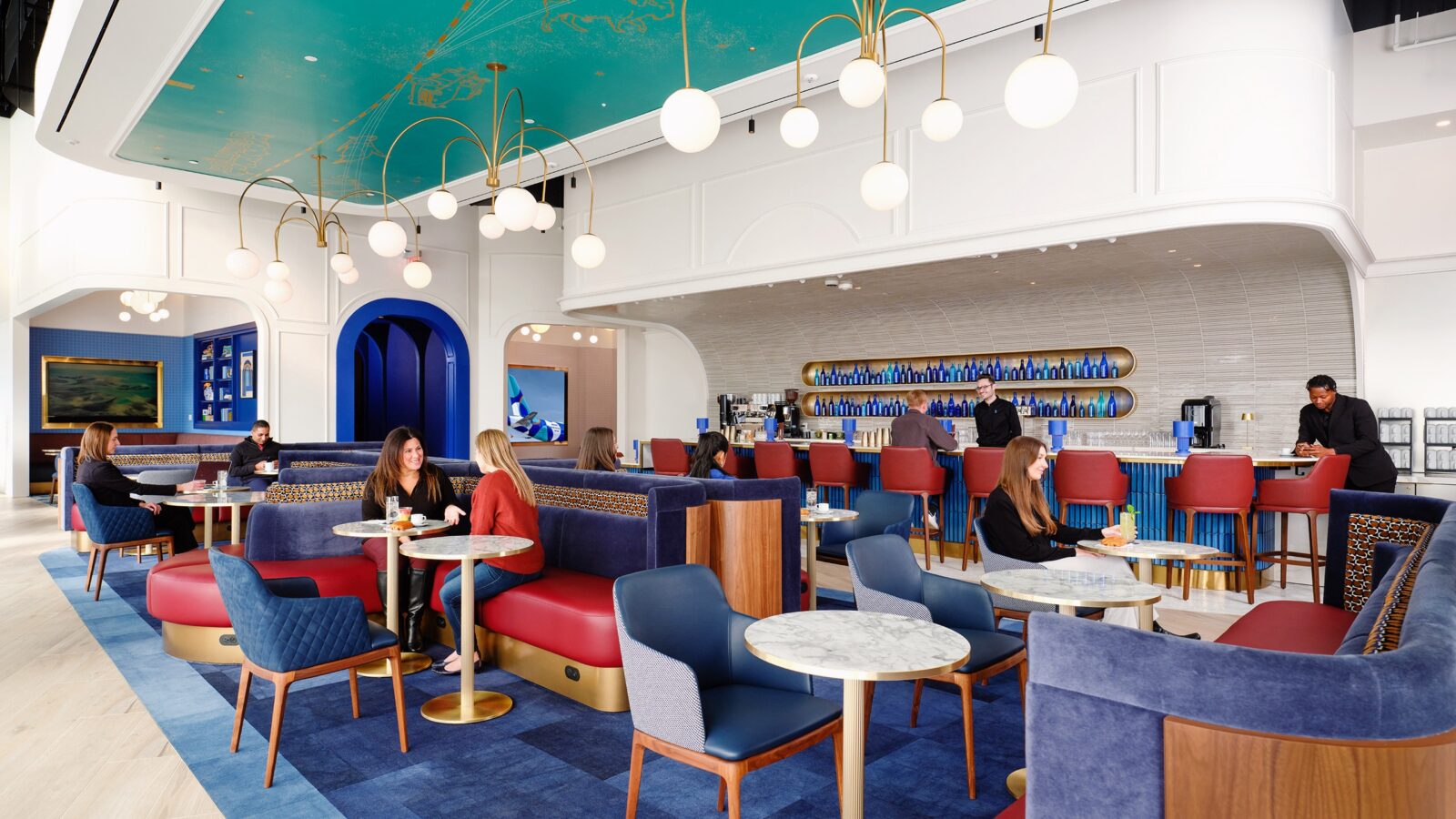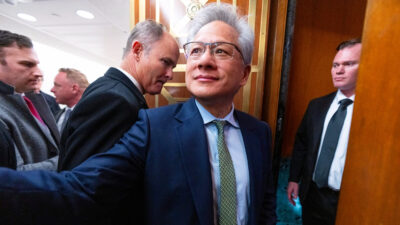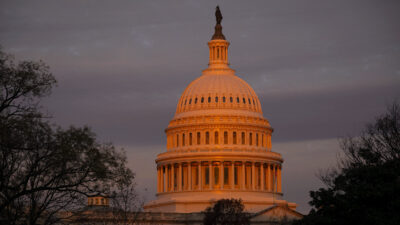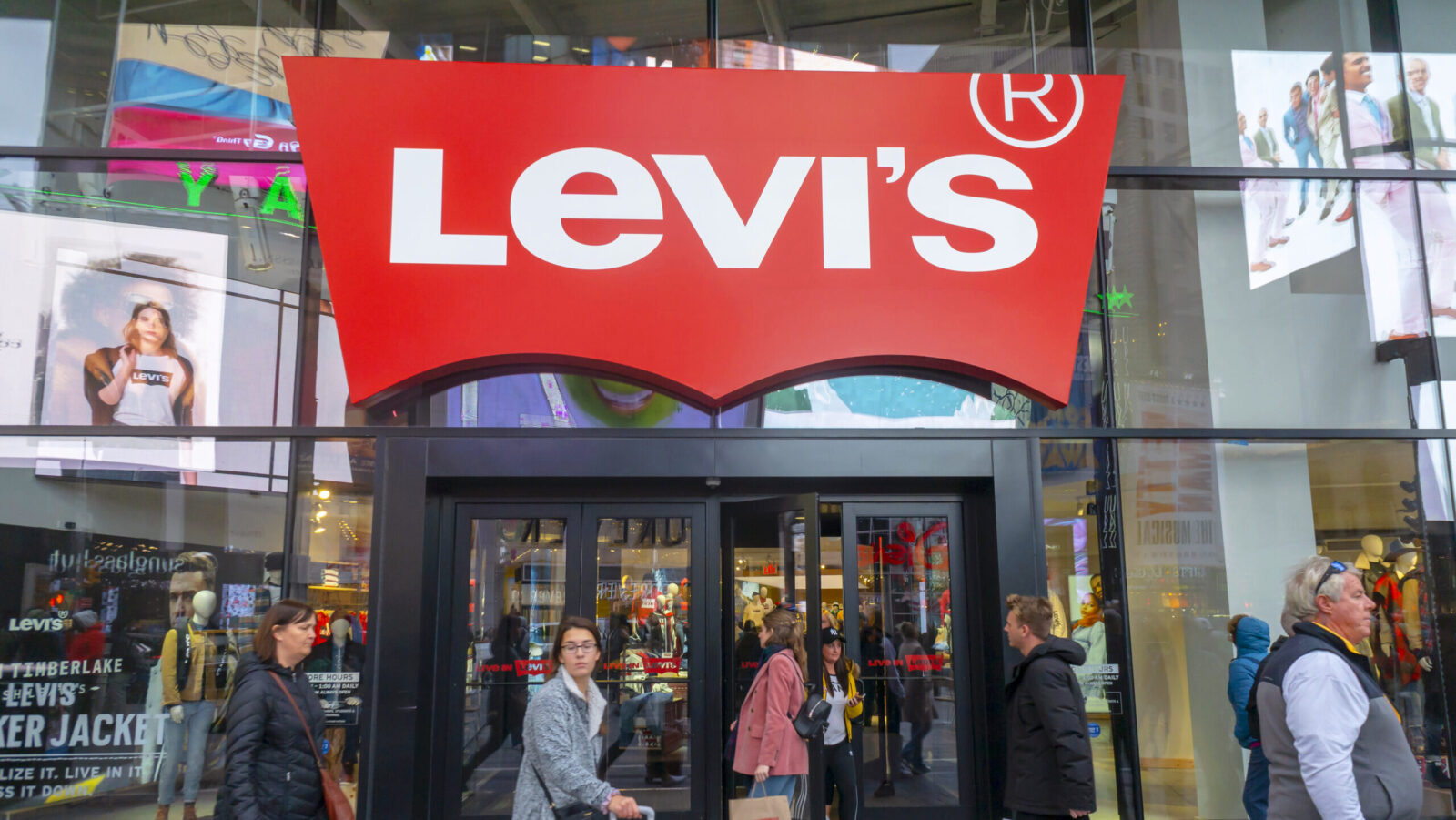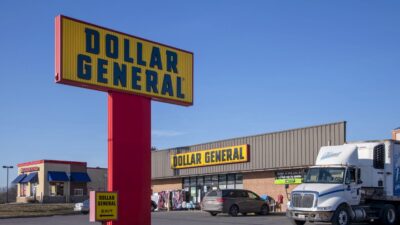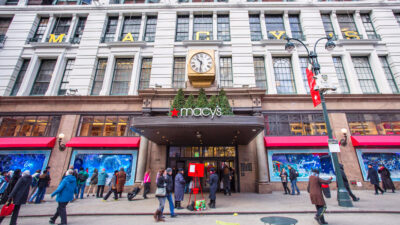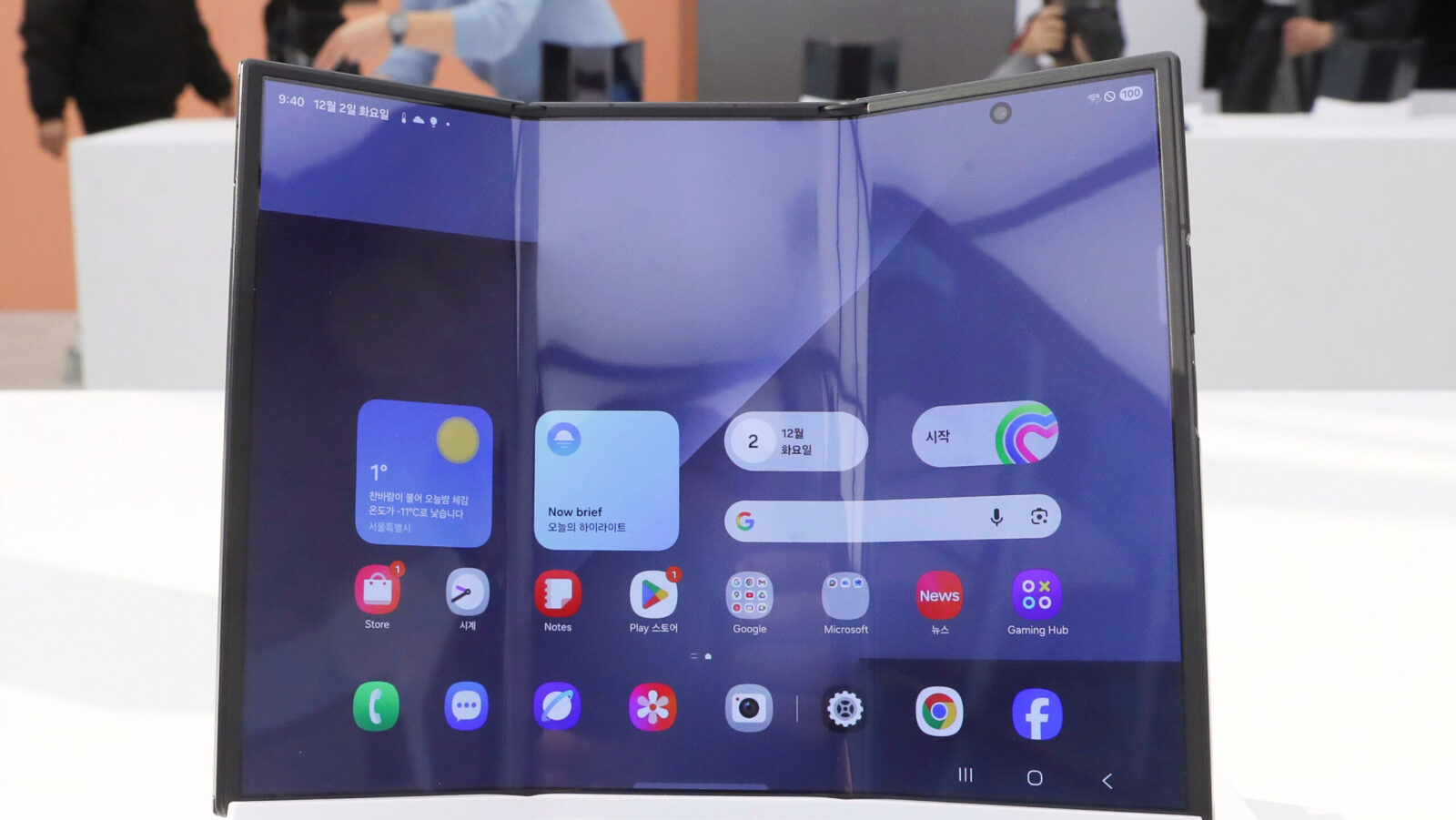Retailers Prep for Supply Chain Breakdown
To prepare for a slowdown of global trade, US retailers spent months building a massive inventory to prevent empty shelves.
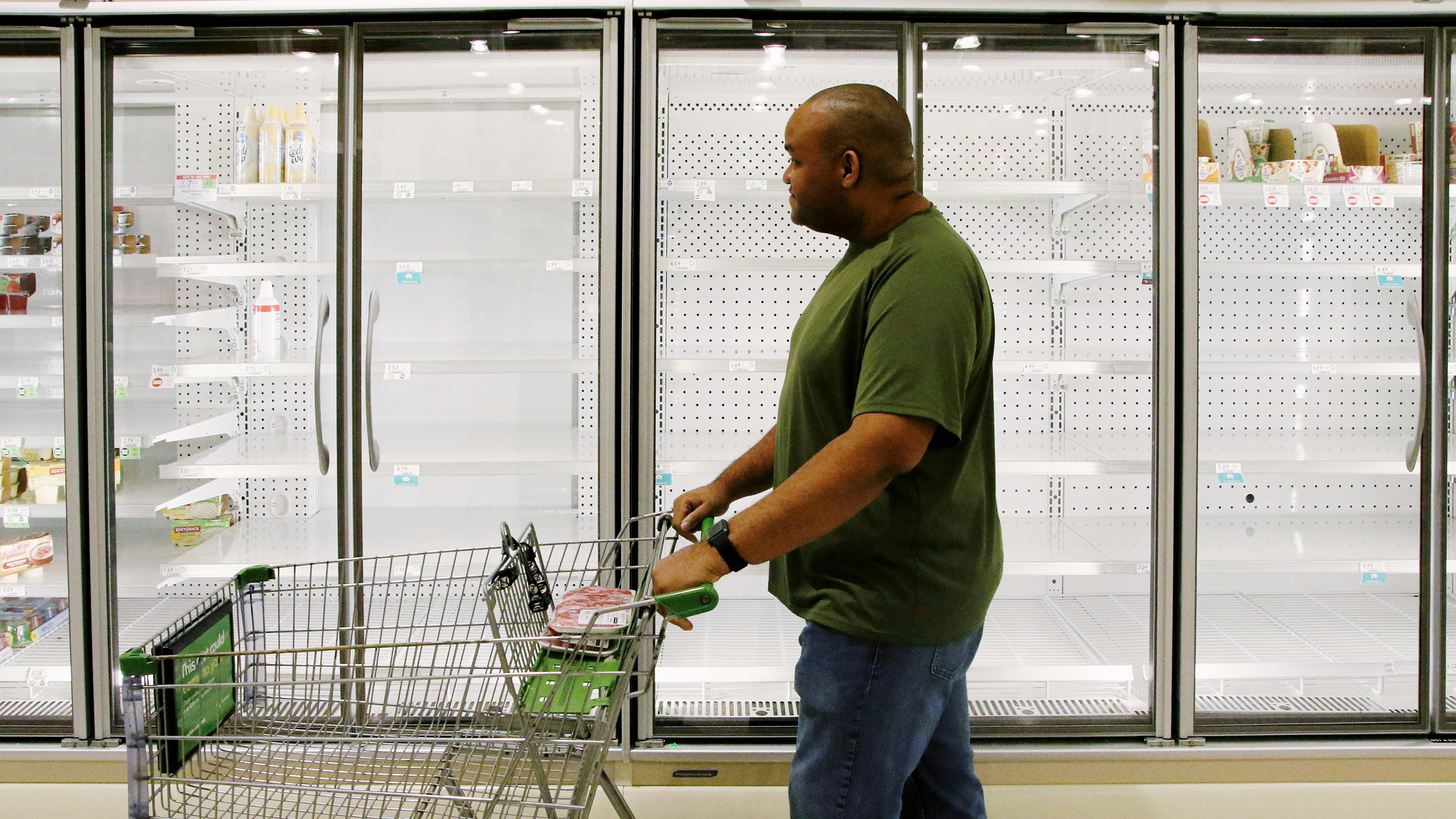
Sign up for smart news, insights, and analysis on the biggest financial stories of the day.
First, tariffs came for financial markets. Now, they’re coming for consumer markets.
To prepare for a slowdown of global trade, US retailers have spent months stocking up, building a massive inventory of products. It’s all in fear of the ultimate retail boogeyman: empty shelves. Whether the strategy pays off comes down to the resiliency of the US consumer.
Supply Chain of Command
Retail companies are facing two key unknowns amid the trade war. The first, obviously, is the extent to which tariffs will be implemented and for how long. Fortunately, there was an obvious short-term solution: frontloading shipments ahead of tariffs. Through March, total imports into the Port of Long Beach, one of the busiest entries to the US, climbed a colossal 28%, while shipments into New Jersey and New York were up roughly 9% each. In its most recent earnings call, Target said its inventories were up more than 7% year-over-year, while Walmart’s were up nearly 3%.
But building up inventory to pre-empt an import drought is a strategy that may be more of a tightrope walk than it seems. And successfully pulling off the maneuver comes down to the second unknown: the US consumer. If big retailers miscalculate demand, they could end up instead with a glut of supply — an outcome that experts recently told Barron’s may be just as bad for the bottom line:
- The retail math is simple: Shortages can eat away at consumer confidence and force retailers to overpay to restock — though a healthy amount of scarcity can leave some wiggle room for retailers to maintain or raise prices without crimping demand. On the other hand, if inventories prove too big just as consumers stop spending, retailers could be forced to offer products at a discount to move product.
- Unfortunately for retailers, signs are already pointing to the worst-case scenario: On Friday, the University of Michigan released its latest consumer confidence report, which showed the steepest three-month drop in consumer confidence since 1990. Meanwhile, the most recent Business Trends & Outlook Survey from the US Census Bureau shows a surge in firms preparing for layoffs in the future (and a jobs report from the US Labor Department due Friday could show whether the layoffs have already begun).
Between a Rock and an Empty Place: John Shea, CEO of e-commerce consultancy firm Momentum Commerce told the Financial Times that a “double whammy” is coming: “We’re seeing evidence that consumers are starting to trade down . . . while at the same prices are creeping up.” That only further complicates the push-and-pull tension retailers are feeling between frontloading inventory and overstocking amid a spending slowdown. “[Retailers] have to make a decision as to whether it is worthwhile importing products from China to put on the shelves, because the prices might need to go up by so much that actually no consumer would really be interested,” GlobalData retail analyst Neil Saunders recently told NBC News. “You might as well just say, ‘Forget it, we just won’t stock that product.’ That obviously does leave gaps on the shelf.”
